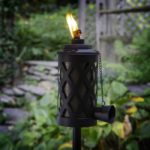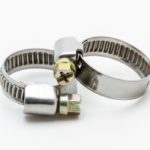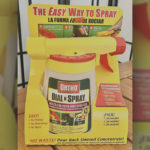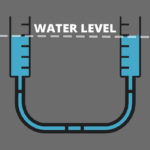Many tasks out in yard or garden require water. And it’s often the case that one garden hose just won’t cut it. Trying to get everything done with just one hose can be stressful, time-consuming, and inefficient. That’s why every homeowner needs to have at least one garden hose splitter at home — with it, you’ll find yourself completing your chores in no time! But how exactly does a garden hose splitter work?
A hose splitter has a female connection, which is usually attached to the outdoor faucet, and at least two male connections to which you can connect your garden hoses. Whenever you need water, attach the splitter to the water fixture, connect hoses to the other channels, and switch on the faucet.
A hose splitter is pretty easy to use, but there are different types, sizes, and materials. That’s why you need to know what to look out for before buying a splitter. Let’s take a look at the various hose splitter options and how to use whichever one you end up with.
What Is a Hose Splitter?
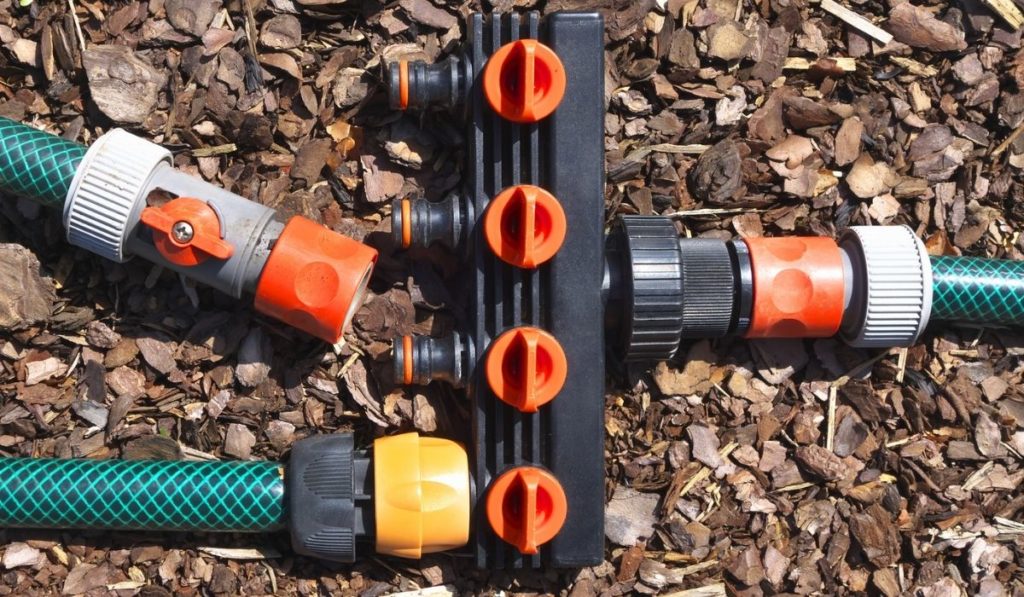
A hose splitter is just what you need when you have several watering activities to do at the same time and in different locations. It’s a connector with several channels through which water can pass through. To use a hose splitter, attach one end of the tool to your outdoor water spigot and connect garden hoses to the other channels in the splitter — it could be two or more.
You can apply a hose splitter in different ways, but there are two primary uses:
- To water your garden: Your garden might be too large to cover with a single hose — doing that will certainly waste your time. In fact, you might be unable to reach some parts of the garden with one hose. However, with a garden hose splitter, you can cover different areas of your garden simultaneously. You can even take this up a notch and install many splitters to create a homemade irrigation system.
- For laundry: You might not be able to install your washer and dryer in the same place. You can still connect both appliances to the same water source with a splitter.
Hose splitters come in different shapes, sizes, and materials, and each serves its purpose and has its pros and cons. You should check out each of these features before settling on one.
How Does a Hose Splitter Work?
All garden hose splitters have a primary head, which is a female connector attached to a hose faucet or a primary water connection. The tool also has several other channels or outlets, usually threaded, and a male connection through which you can attach other garden hoses.
Since you might not need all the connections at the same time, each channel in the splitter comes with a switch with which you can turn the water supply on and off as needed. Other splitters have automatic timers, so you can set the time you want the channel to switch on or off.
Does a Hose Splitter Reduce Water Pressure?
Since water is coming from the same source and into different channels, you can’t expect to have high water pressure in the various outlets.
Still, a hose splitter with dual channels will have better water pressure if the pressure from the water source is between 40 and 60 psi. If the water pressure from the source is low or the splitter has different channels, it will affect water pressure in the various outlets.
To get better pressure on your garden hoses, you can do the following:
- Check for leaks in the garden hoses
- Confirm that the hoses are well linked to the splitter and that the splitter is well attached to the outdoor spigot
- Ensure the hose isn’t twisted
- Check the pressure at the water source
- Check for possible dirt or blockages in the hoses and get rid of them
- Use water pressure pumps to help increase pressure
How Do You Use a Hose Splitter?
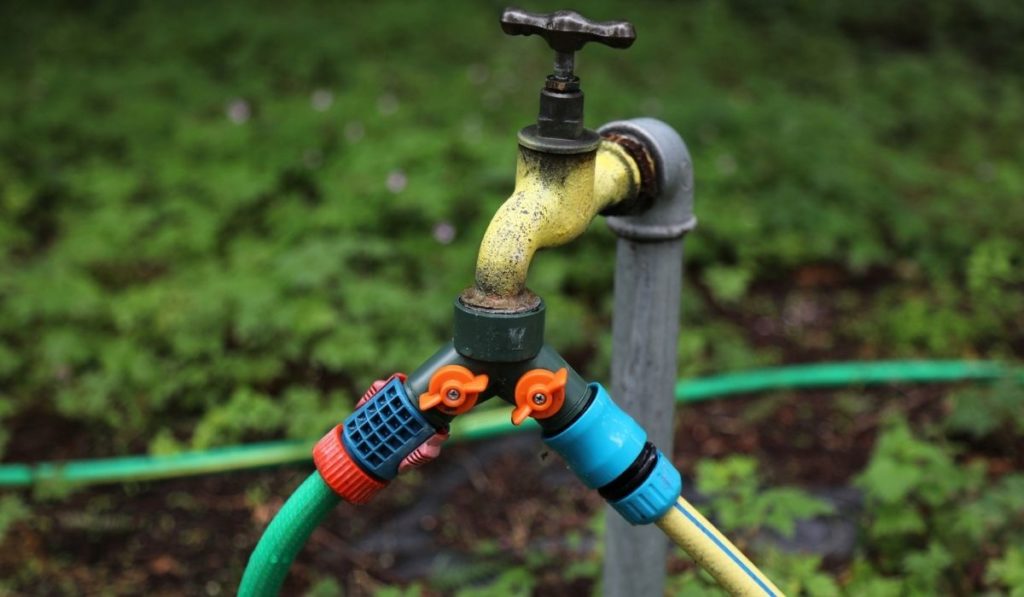
A hose splitter is very easy to use. All you have to do is attach the female connection of the splitter to a primary water source and add garden hoses to the male connections on the splitter.
Whenever you need a water supply, you just have to turn on the faucet that the tool has been attached to, and you get water to go through all the hoses that have been connected to the hose splitter.
With the handle on the hose splitter, you can control the water flow from the spigot to the various channels. If you don’t need water to go through a particular connection, you just need to switch off that part with the handle.
Although they are usually called garden hose splitters, you can also use these splitters for indoor activities. From watering your plants to washing your car and cleaning the driveway, there’s no end to the number of things you can do with a garden hose splitter.
Things to Look for Before Purchasing a Hose Splitter
As we mentioned earlier, splitters vary, and you might not know which one is best to buy. Don’t worry; we’ll go through each of the factors to consider so that you can make a wise decision.
Handle Type
The kind of handle on a hose splitter is something that you should look out for. Longer and wider handles are better because they’re easier to turn when switching the water supply on or off.
Besides the fact that splitter handles have to be long and wide, you also need to check what material they’re made of. Metal handles are more difficult to move than plastic ones, but the latter can break off if you apply too much pressure.
If you prefer plastic handles, check out the 2WAYZ Hose Splitter (on Amazon).
Material
Most of the garden hose splitters you’ll find on the market are made of either plastic or metal. Metal splitters are usually stainless steel, aluminum, nickel, or brass. This type of hose splitter is generally meant to last longer than other types, and they perform more heavy-duty functions than plastic splitters. A good example is the Twinkle Star Brass Splitter (on Amazon).
Meanwhile, plastic splitters are lightweight and don’t cost as much as their metal counterparts. They may not be as durable as metal splitters, but they function better in cold climates.
Channels
The number of channels is also something to consider. Some hose splitters are Y-shaped, meaning they only have two channels. Others have multiple connections that are aligned in a straight line, such as this 4-Way Heavy Duty Splitter (on Amazon).
You can choose any number of channels based on your gardening needs, but note that the more channels there are, the lower the water pressure will be.

